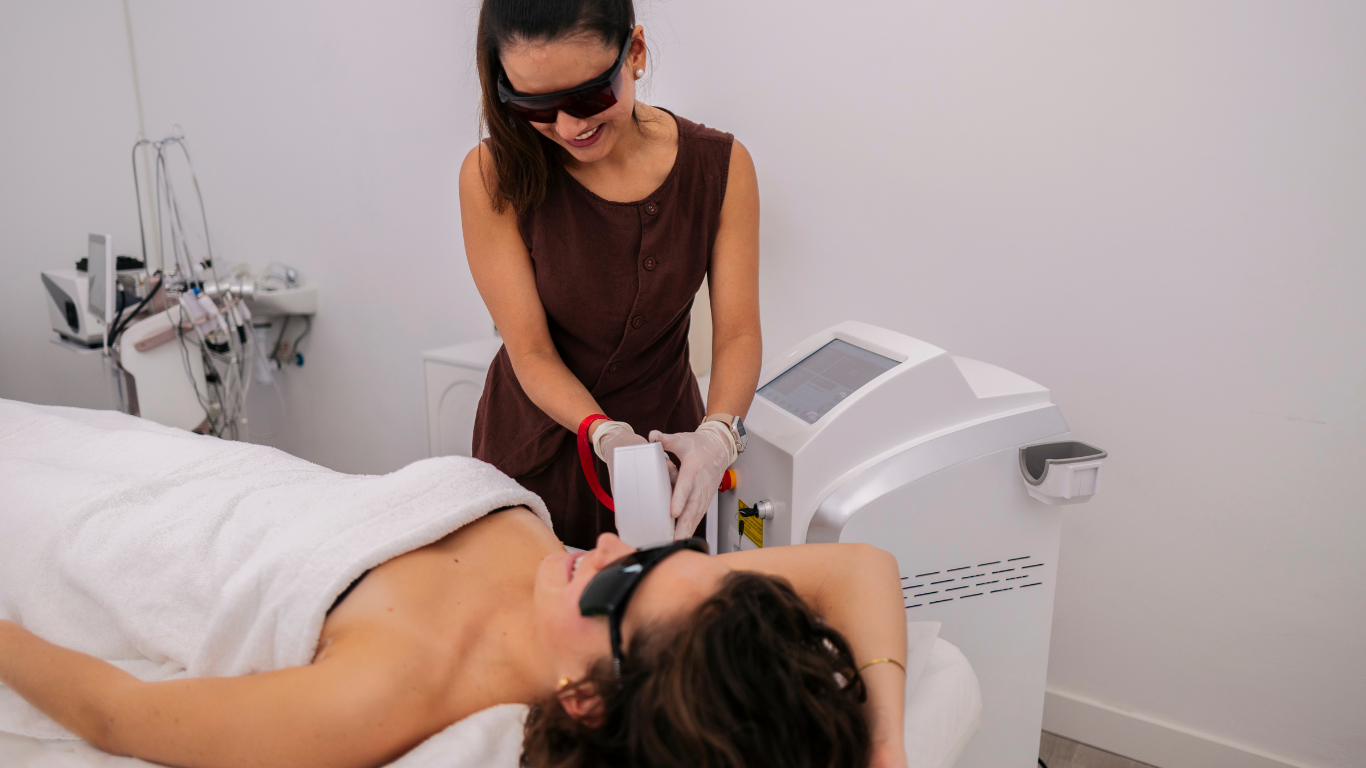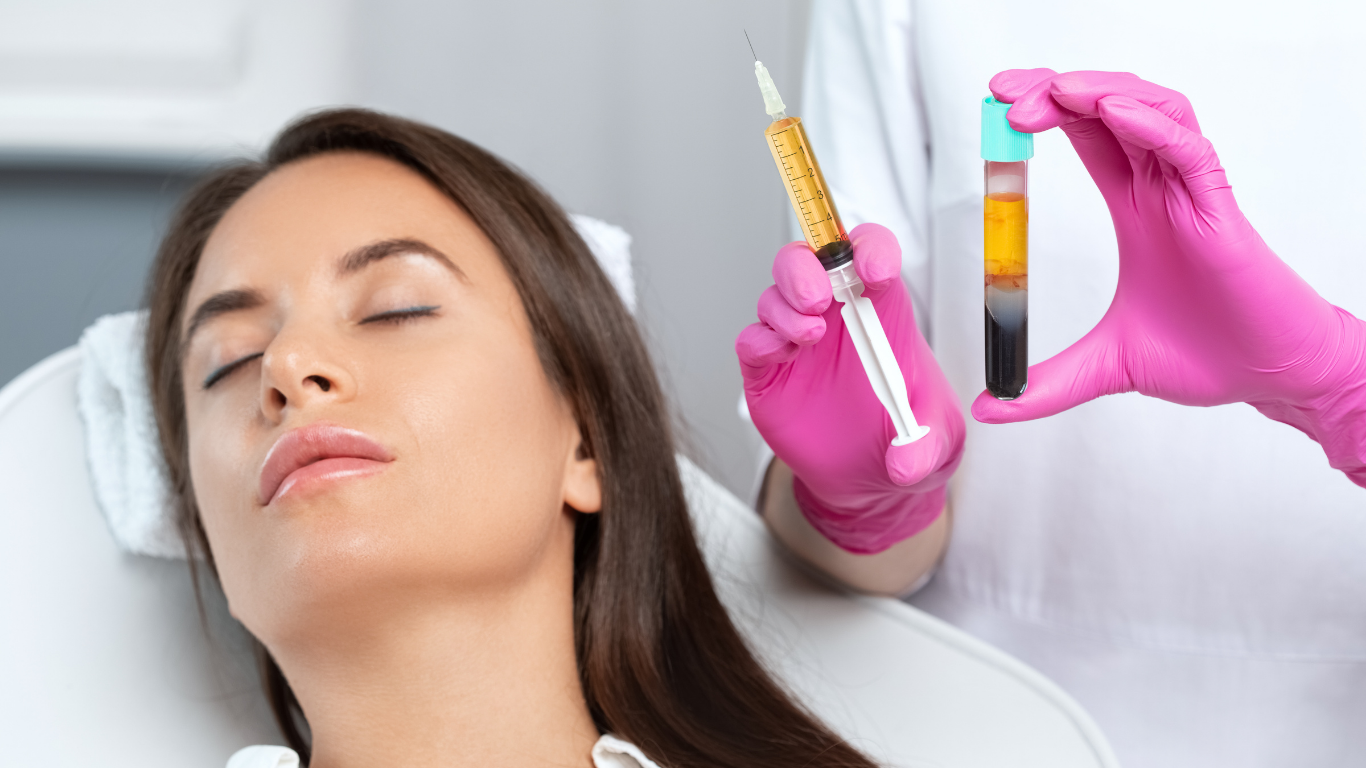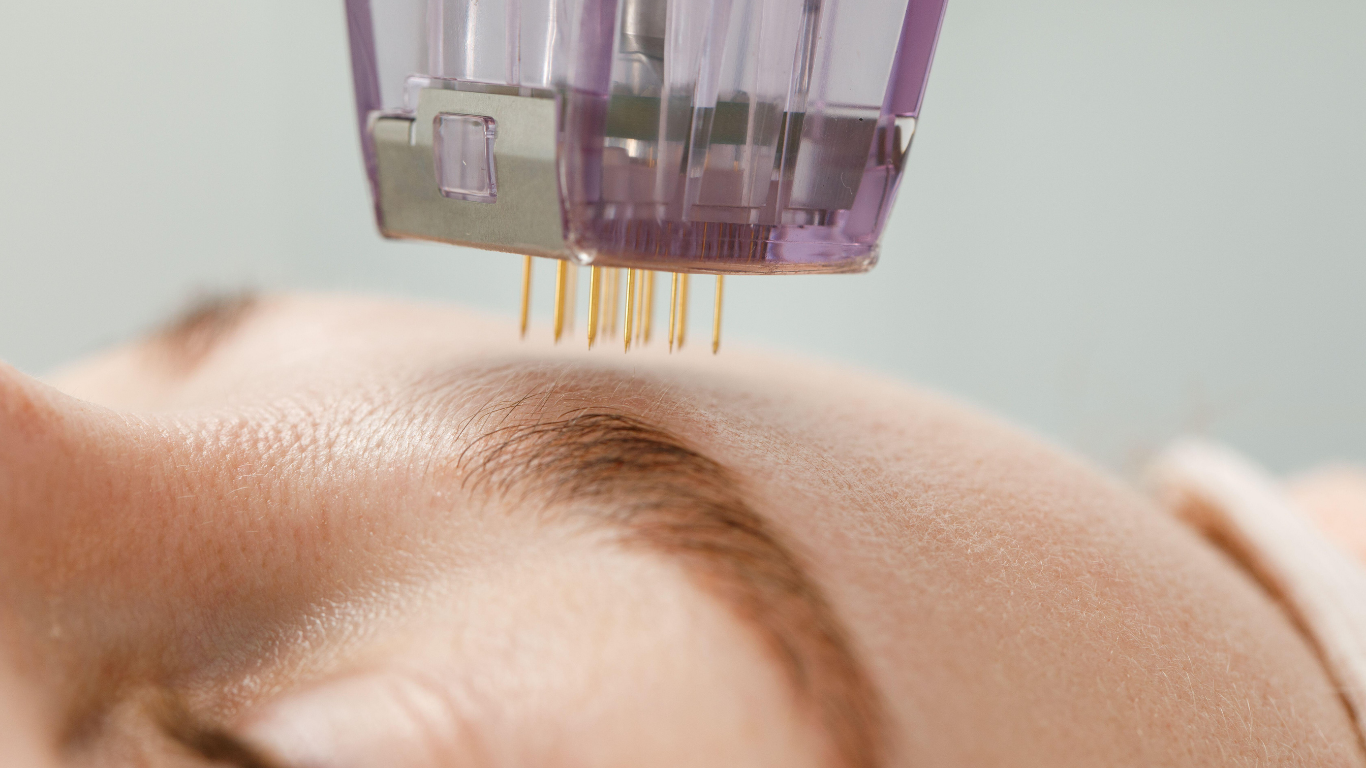Microneedling vs. Other Skin Treatments: Which One Is Right for You?
Microneedling, with its innovative approach to skincare, has garnered considerable attention as a potential solution for individuals seeking to revitalize their skin's appearance and address a variety of dermatological concerns. As an increasingly popular minimally invasive procedure, microneedling involves the controlled use of tiny needles to create micro-injuries in the skin, stimulating the body's natural healing processes. While its effectiveness can vary based on individual skin types and specific goals, the technique's ability to promote collagen production and enhance the absorption of topical products has positioned it as a promising option for those looking to achieve smoother, more youthful skin. However, as with any cosmetic procedure, a comprehensive understanding of its benefits, potential risks, and suitability for individual needs is essential before making an informed decision.
What is Microneedling?
Microneedling, also known as collagen induction therapy, is a cosmetic procedure used to improve the appearance of the skin. It involves using a device with fine needles to create controlled micro-injuries (tiny punctures) on the skin's surface. These micro-injuries stimulate the body's natural healing response, leading to the production of collagen and elastin, which are essential proteins for maintaining healthy and youthful skin.
The procedure typically follows these steps:
Preparation: The skin is cleansed and a numbing cream may be applied to reduce discomfort during the procedure.- Microneedling: A device, such as or a motorized microneedling pen, is or stamped over the targeted area. The device's fine needles create tiny punctures in the skin, which are usually very shallow and do not cause significant bleeding or pain.
- Stimulation: The micro-injuries trigger the body's wound healing response, leading to increased blood flow, the release of growth factors, and the production of collagen and elastin fibers.
- Healing: Over the next few days to weeks, the skin goes through a healing process, during which new collagen and elastin are formed. This process can lead to improvements in skin texture, tone, and the appearance of fine lines, wrinkles, acne scars, and other imperfections.
Microneedling is commonly used to address various skin concerns, including:
Fine lines and wrinkles- Acne scars
- Enlarged pores
- Uneven skin texture
- Stretch marks
- Hyperpigmentation (dark spots)
- Uneven skin tone
It's important to note that microneedling is not a one-time treatment and usually requires multiple sessions to achieve optimal results. The number of sessions needed can vary based on individual skin conditions and treatment goals. Aftercare instructions, including the use of sunscreen and gentle skincare products, are typically provided to promote proper healing and maximize the benefits of the procedure.
How Do I Know If Microneedling is Right for Me?
Deciding whether microneedling is right for you depends on various factors, including your skin type, concerns, and overall health. Here are some considerations to help you determine if microneedling is a suitable option for you:
Skin Concerns: Microneedling is most commonly used to address concerns such as fine lines, wrinkles, acne scars, enlarged pores, and uneven skin texture. If you have any of these concerns, microneedling could potentially be beneficial for you.
Skin Type and Tone: Microneedling can be performed on various skin types, but individuals with darker skin tones might have a higher risk of developing pigmentation changes after the procedure.
Health Conditions: If you have certain health conditions, like active infections, skin diseases (such as eczema or psoriasis), or blood clotting disorders, microneedling might not be advisable. Make sure to inform your healthcare provider about your medical history before undergoing the procedure.
Expectations and Goals: Realistic expectations are essential when considering any cosmetic procedure. Microneedling can yield noticeable improvements in skin texture and appearance, but significant changes might require multiple sessions over time. If you're looking for dramatic results, other treatment options like laser therapy or chemical peels might be more appropriate.
Sensitivity and Pain Tolerance: While numbing creams are typically used to minimize discomfort during the procedure, some individuals might find the sensation uncomfortable. If you have a low pain tolerance or sensitive skin, discuss this with your skincare professional.
Budget and Time: Microneedling often requires a series of sessions for optimal results. Consider your budget and availability when committing to multiple appointments.
Aftercare Commitment: Proper aftercare is crucial for healing and achieving the best outcomes. This might involve avoiding sun exposure, using gentle skincare products, and adhering to any specific post-treatment instructions.
Consultation with a Professional: Before undergoing microneedling, you will have a consultation with one of our professionals. They can assess your skin, discuss your goals, and recommend the most suitable treatment plan for your individual needs.During your consultation, a member of our team will evaluate your skin, discuss your concerns, and help you understand the potential benefits and risks of microneedling. They can also offer alternative treatments if microneedling is not the best option for you.
10 Reasons You Should Book a Microneedling Appointment With Our Med Spa
Booking a microneedling appointment with our reputable med spa can offer several benefits, as our facility is staffed with individuals who specialize in skincare treatments. When you book your appointment with us you can expect to receive:
Expertise and Experience- Personalized Consultations
- Customized Treatment Plans
- Quality Equipment and Products
- Safe and Sanitary Environment
- Combination Treatments
- Post-Treatment Care
- Ongoing Support:
- Monitoring and Follow-Up
- Relaxing Environment
One of the leading reasons why so many people in the San Marcos area take advantage of our microneedling is due to the wide range of options that our
med spa offers include Vivace microneedling as well as PRP microneedling. Don’t wait any longer to take advantage of the incredible benefits of microneedling. Get in touch with our team today and book your consultation!




